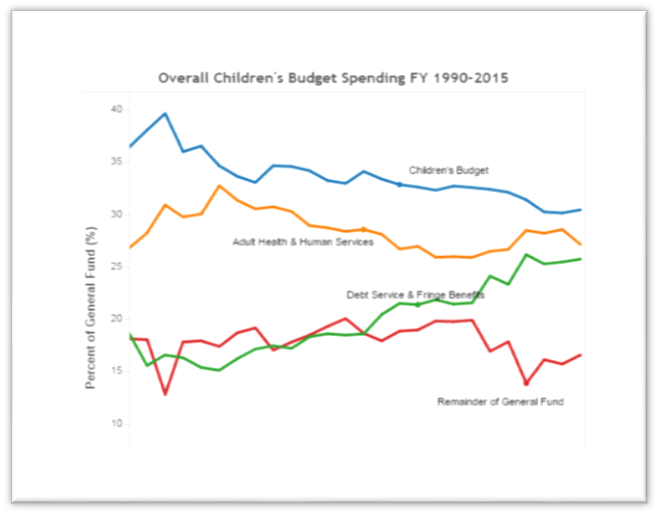Two Sons of CT Use State University Program to Drive Local TV Meteorology Careers
/Among the meteorologists reporting on the Blizzard of 2015 on Connecticut's local television stations are Dan Amarante and Sam Kantrow, who began their careers as student meteorologists-in-training at Western Connecticut State University and now can be seen on FOX Connecticut and NewsChannel 8. Amarante has lived in Connecticut his entire life, growing up in Cheshire, and graduated from Western Connecticut State University with a Bachelor of Science in Meteorology. While at WCSU, he produced and anchored many school run weather broadcasts for the University’s website, as well as forecasts for the school’s radio station.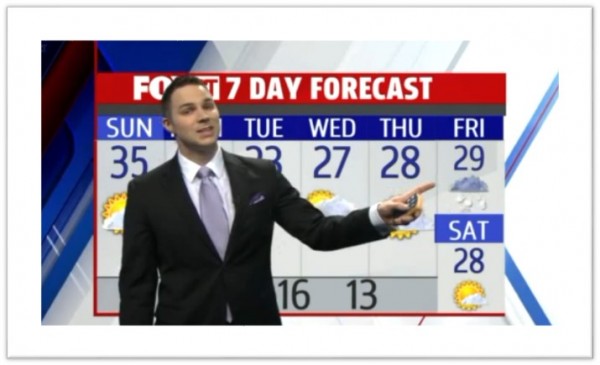 Western Connecticut State University has the state's only meteorology program, which was run for many years by WTNH-TV meteorologist Dr. Mel Goldstein. The WCSU website is chock full of charts and maps highlighting the latest conditions.The site includes the latest Geostationary Satellite Images from the Space Science and Engineering Center at the University of Wisconsin and the National Weather Service radar mosaic Northeast Sector loop. Greater detail is offered in Surface Charts from the National Weather Service and a series of Upper Air charts courtesy of Unisys Weather. The school has a Weather Center, where students produce forecasts and work with clients while studying meteorology.
Western Connecticut State University has the state's only meteorology program, which was run for many years by WTNH-TV meteorologist Dr. Mel Goldstein. The WCSU website is chock full of charts and maps highlighting the latest conditions.The site includes the latest Geostationary Satellite Images from the Space Science and Engineering Center at the University of Wisconsin and the National Weather Service radar mosaic Northeast Sector loop. Greater detail is offered in Surface Charts from the National Weather Service and a series of Upper Air charts courtesy of Unisys Weather. The school has a Weather Center, where students produce forecasts and work with clients while studying meteorology.
After college, Amarante got his start at WGGB ABC40/FOX6 in Springfield, MA, where he was the weekend weather anchor. He is a Certified Broadcast Meteorologist, the highest certification from the American Meteorology Society.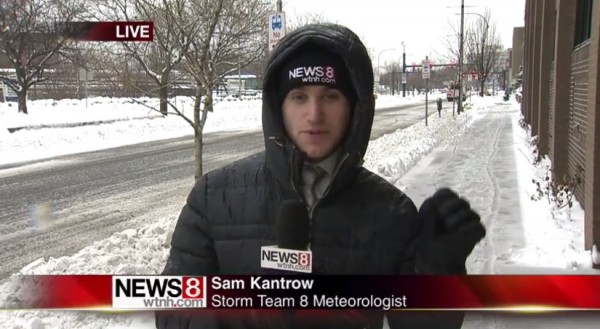
Meteorologist Kantrow joined "Storm Team 8" on WTNH in February, 2011, first as weather producer and web meteorologist, and is now the on-air meteorologist for the weekend editions of Good Morning Connecticut. Born and raised in Hamden, he is a graduate of WCSU and has a B.S. in Operational Meteorology and Weathercasting. Before coming to News 8, Kantrow interned at NBC Connecticut. The WTNH website reports that "Sam’s weather interest began at a very young age, when the tornado that went through Hamden on July 10, 1989 narrowly missed his house! Ever since then, he has loved the weather, and anything about the weather. Sam grew up watching the meteorologists on News 8 and always wondered what it would be like to be in their shoes."
WCSU's Bachelor of Science in Meteorology is the only such program in Connecticut, and one of only a few in the Northeast. The university has developed a foundation of courses in mathematics, computer science, physics, astronomy and earth science, combined with meteorology, to prepare you for television and radio weathercasting, operational forecasting, or for teaching or research in the atmospheric sciences . Students in the bachelor's program earn credits while performing TV/radio weathercasts or doing real-time forecasting for clients in the university's on-campus Weather Center, according to the WCSU website.
. Students in the bachelor's program earn credits while performing TV/radio weathercasts or doing real-time forecasting for clients in the university's on-campus Weather Center, according to the WCSU website.
The program meets recommendations for an undergraduate meteorology degree program from the American Meteorological Society. Additionally, students graduating with this B.S. Meteorology degree will have all the course requirements for entry level positions as a meteorologist with the National Weather Service, the single largest employer of meteorologists in the country.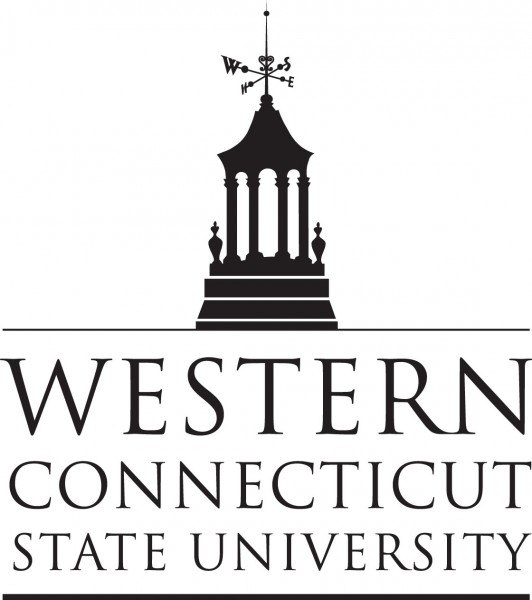
The university also offers a graduate program - a Master of Arts in Earth and Planetary Science, Meteorology/Climatology Option.
Last October, WCSU hosted the 5th Annual Tri-State Weather Conference on campus in Danbury, presented by the university's Meteorology Program and co-sponsored by the WestConn Student Chapter of the AMS, the New York City/Long Island Chapter of the AMS, NOAA/National Weather Service/Upton, N.Y and NOAA/National Weather Service/Taunton, MA. The purpose of the conference was to enhance education, professional development and communication among private and public sector meteorologists, researchers, educators, students, emergency management officials, and weather enthusiasts. Amarante, who joined FOX Connecticut in early 2011, was master of ceremonies for the conference at his alma mater.
The meteorology program at Western also includes among its graduates television meteorologists in a number of cities across the country. In addition to his work in Connecticut, Amarante has filled in as a weather producer at CBS 2 in New York City, and became snowed in at the station during the Blizzard of 2010. Kantrow, who will be on-air reporting on the Blizzard of 2015 beginning at 3 AM on Tuesday, may find himself in similar circumstances, if forecasts for the day's snowfall come to fruition.


 The Mayors will engage with Administration officials, Congressional leaders business leaders to “ensure the health and economic recovery of America’s cities,” according to program organizers. Vice President Joe Biden is scheduled to address the Mayors on Thursday.
The Mayors will engage with Administration officials, Congressional leaders business leaders to “ensure the health and economic recovery of America’s cities,” according to program organizers. Vice President Joe Biden is scheduled to address the Mayors on Thursday. ttending from Connecticut are Bridgeport Mayor Bill Finch, Bristol Mayor Ken Cockayne, Danbury Mayor Mark Boughton, East Hartford Mayor Marcia Leclerc, Hartford Mayor Pedro Segarra, New Britain Mayor Erin Stewart, New Haven Mayor Toni Harp, Norwich Mayor Deberey Hinchey, Shelton Mayor Mark Lauretti, Stamford Mayor David Martin, Stratford Mayor John Harkins, Trumbull First Selectman Timothy Herbst and Waterbury Mayor Neil O’Leary.
ttending from Connecticut are Bridgeport Mayor Bill Finch, Bristol Mayor Ken Cockayne, Danbury Mayor Mark Boughton, East Hartford Mayor Marcia Leclerc, Hartford Mayor Pedro Segarra, New Britain Mayor Erin Stewart, New Haven Mayor Toni Harp, Norwich Mayor Deberey Hinchey, Shelton Mayor Mark Lauretti, Stamford Mayor David Martin, Stratford Mayor John Harkins, Trumbull First Selectman Timothy Herbst and Waterbury Mayor Neil O’Leary.
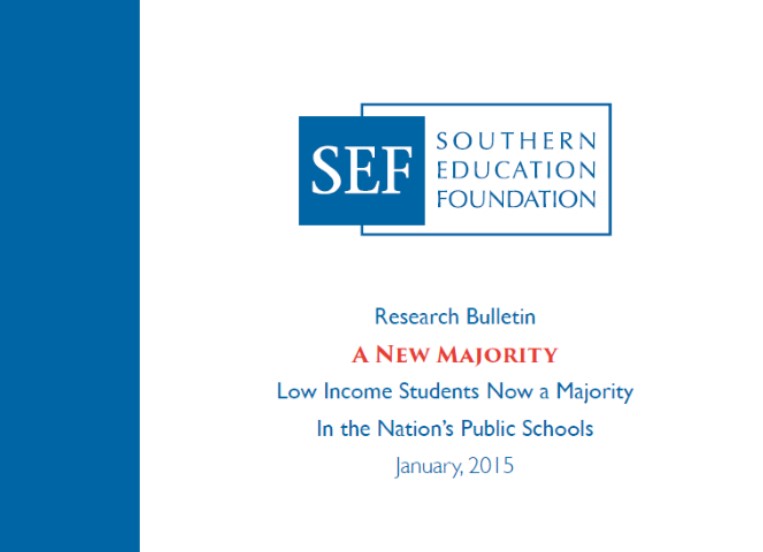
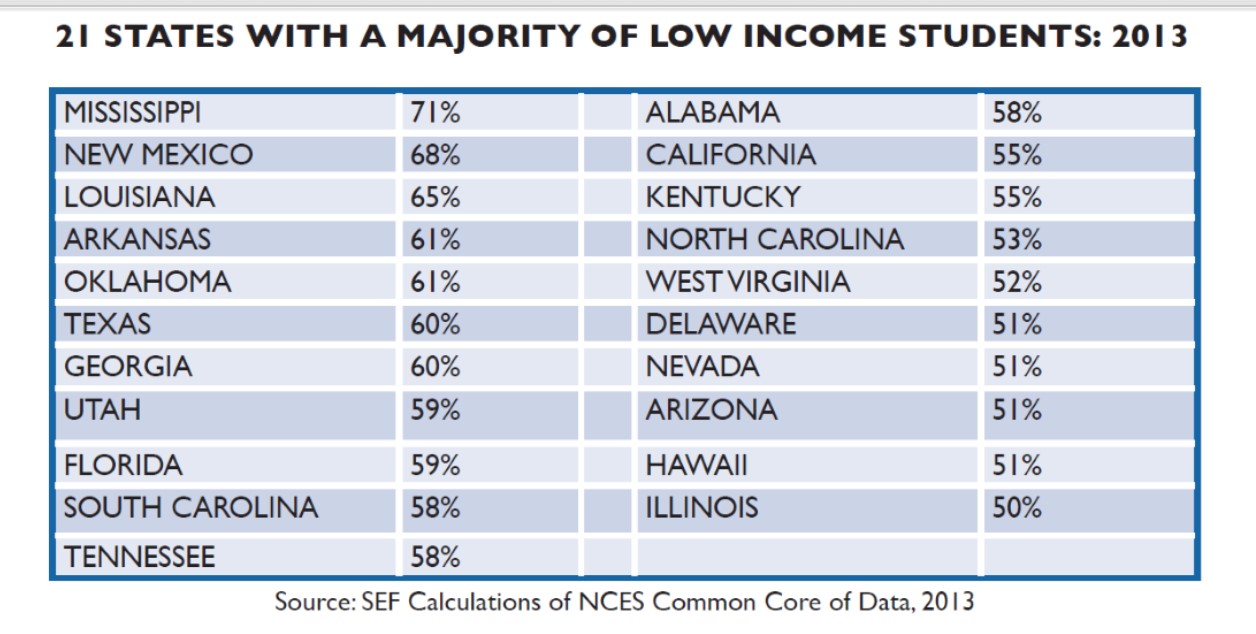 hat “The trends of the last decade strongly suggest that little or nothing will change for the better if schools and communities continue to postpone addressing the primary question of education in America today: what does it take and what will be done to provide low income students with a good chance to succeed in public schools? It is a question of how, not where, to improve the education of a new majority of students.”
hat “The trends of the last decade strongly suggest that little or nothing will change for the better if schools and communities continue to postpone addressing the primary question of education in America today: what does it take and what will be done to provide low income students with a good chance to succeed in public schools? It is a question of how, not where, to improve the education of a new majority of students.”


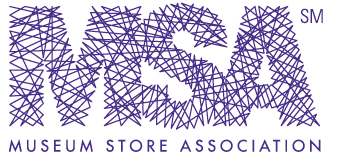

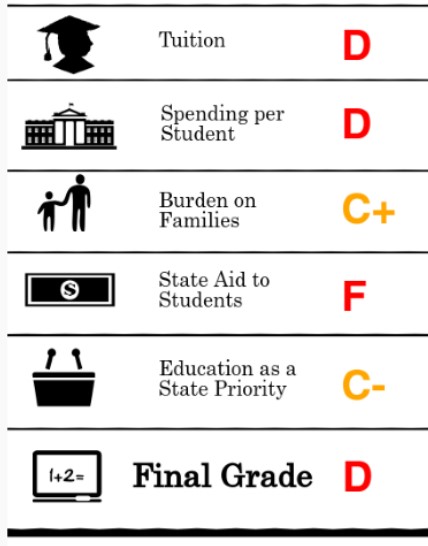 last month by the General Accounting Office in Washington, D.C. for the U.S. Senate found “persistent state budget constraints have limited funding for public colleges” across the country. The result, according to the GAO report: “Students and their families are now bearing the cost of college as a larger portion of their total family budgets.”
last month by the General Accounting Office in Washington, D.C. for the U.S. Senate found “persistent state budget constraints have limited funding for public colleges” across the country. The result, according to the GAO report: “Students and their families are now bearing the cost of college as a larger portion of their total family budgets.”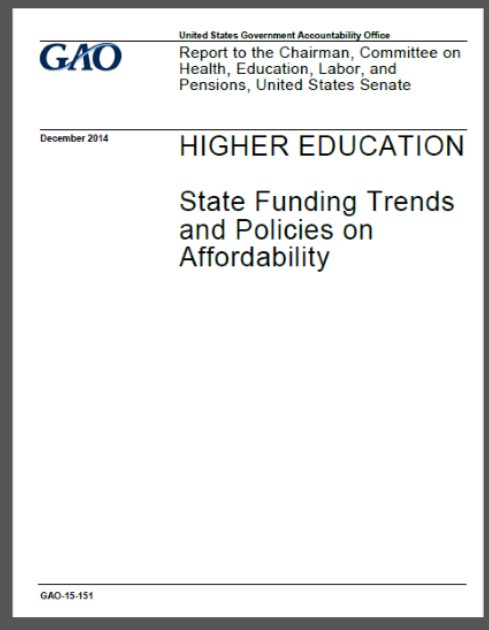
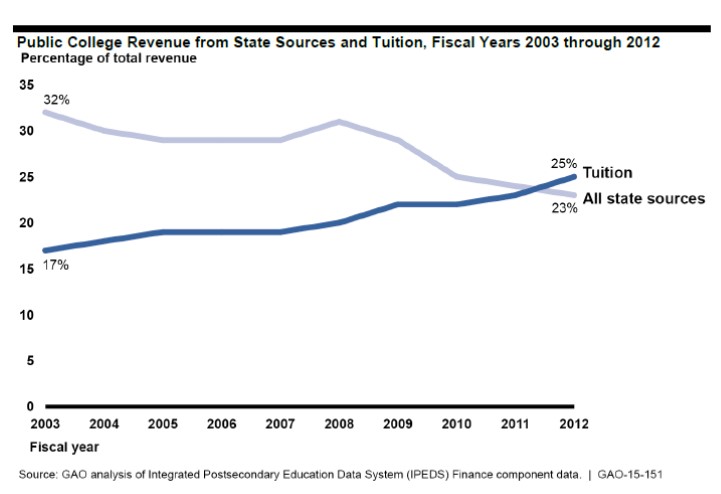 “state grant aid directly affects students in that it can reduce their out-of-pocket expenses for college… state grant aid, both merit- and need-based, has positive effects on enrollment.” The results of one program, in Washington State, cited by GAO “suggests that receiving the aid increased a student’s probability of enrolling in college by nearly 14 to 19 percentage points.”
“state grant aid directly affects students in that it can reduce their out-of-pocket expenses for college… state grant aid, both merit- and need-based, has positive effects on enrollment.” The results of one program, in Washington State, cited by GAO “suggests that receiving the aid increased a student’s probability of enrolling in college by nearly 14 to 19 percentage points.”

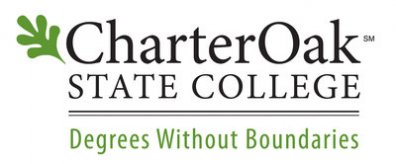

 ields.”
ields.”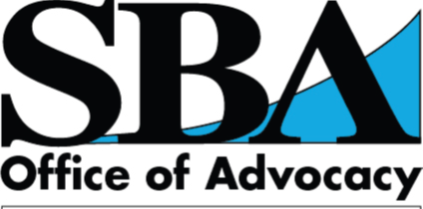
 se Office of Science and Technology Policy notes that “Supporting women STEM students and researchers is not only an essential part of America’s strategy to out-innovate, out-educate, and out-build the rest of the world; it is also important to women themselves.”
se Office of Science and Technology Policy notes that “Supporting women STEM students and researchers is not only an essential part of America’s strategy to out-innovate, out-educate, and out-build the rest of the world; it is also important to women themselves.”


 rcentage increases in ELL students, between 2001 and last year, came in Windham (11.8% increase), Danbury (up 9.4%), Norwich (up 9.1%), and New London and West Haven (both up 7.4%).
rcentage increases in ELL students, between 2001 and last year, came in Windham (11.8% increase), Danbury (up 9.4%), Norwich (up 9.1%), and New London and West Haven (both up 7.4%).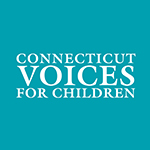 The new interactive tool, on the Connecticut Voices for Children website, enables visitors to track spending across nearly 100 children’s programs over 25 years. Over the last two decades, spending on children’s programs
The new interactive tool, on the Connecticut Voices for Children website, enables visitors to track spending across nearly 100 children’s programs over 25 years. Over the last two decades, spending on children’s programs 